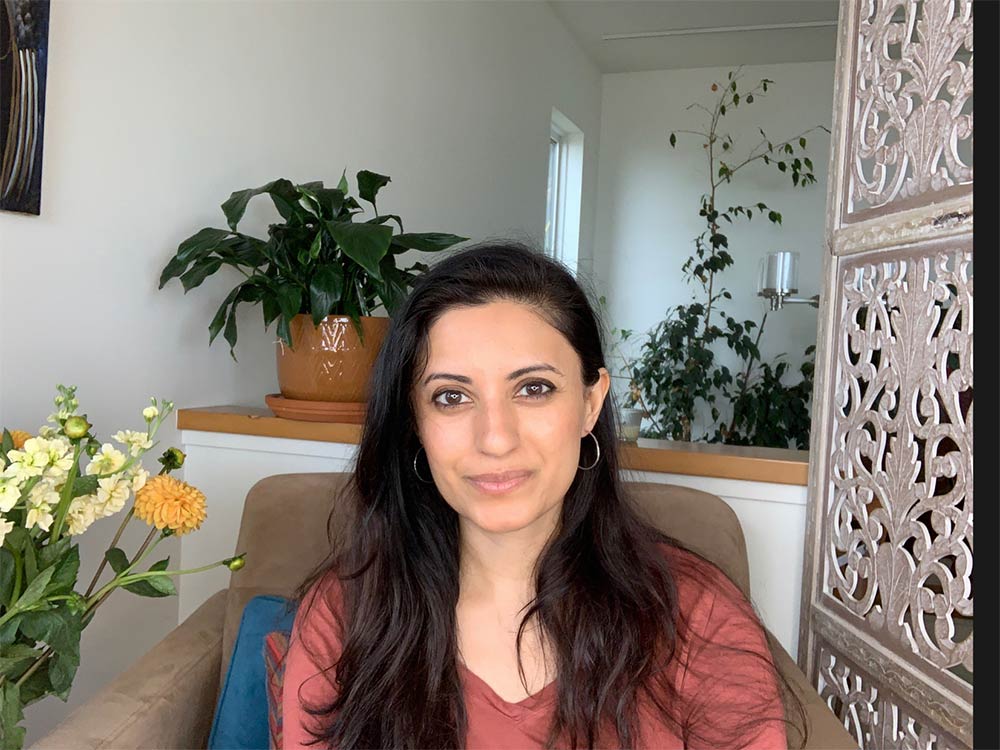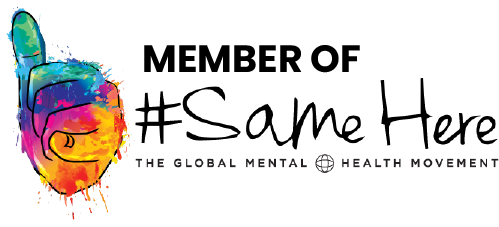
In the fall, the clocks go back an hour, ending daylight saving time (DST) and going back to standard time. Changing the clocks affects health, safety, and productivity in a number of different ways. In this video, we’ll look at how the time change affects health, what researchers recommend as for policy changes, and 3 simple things you can do to adjust to the time change







Recent Comments